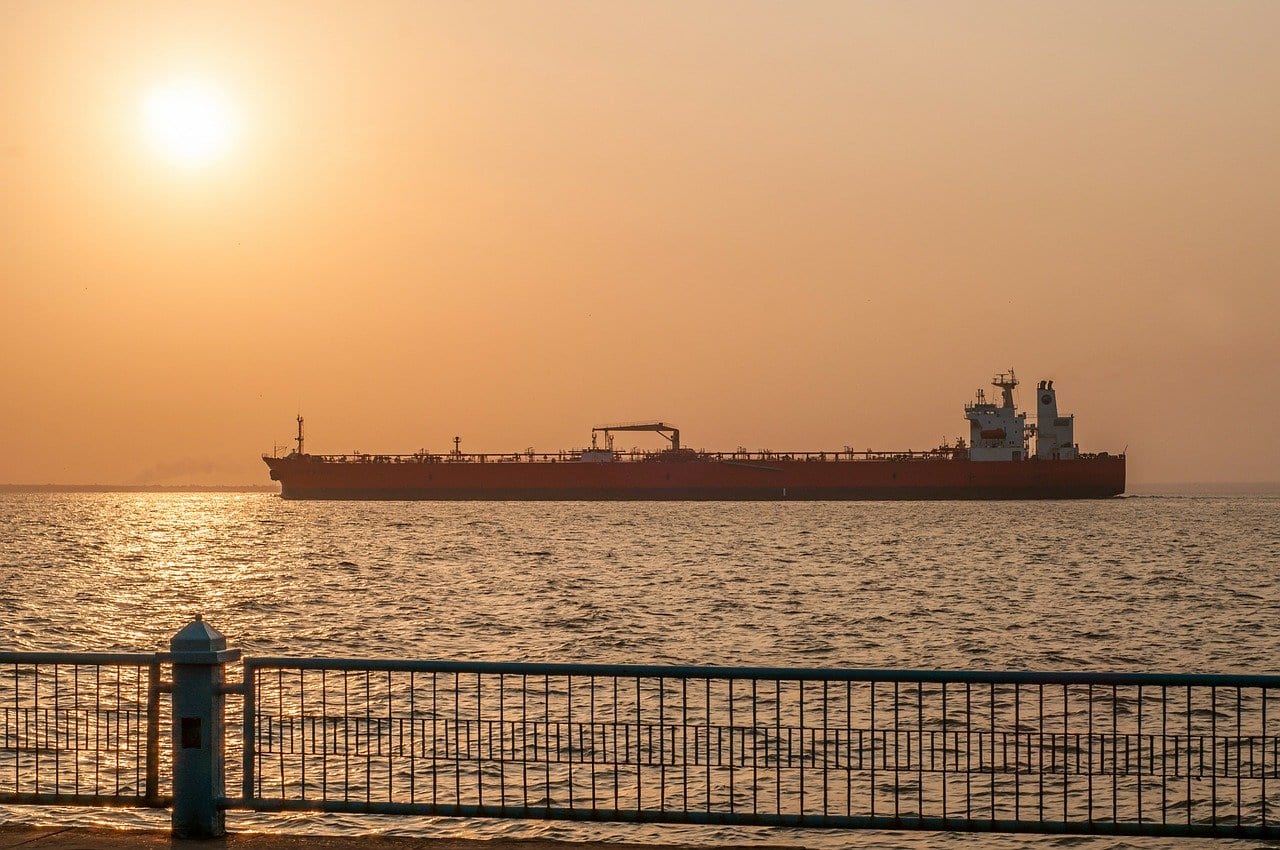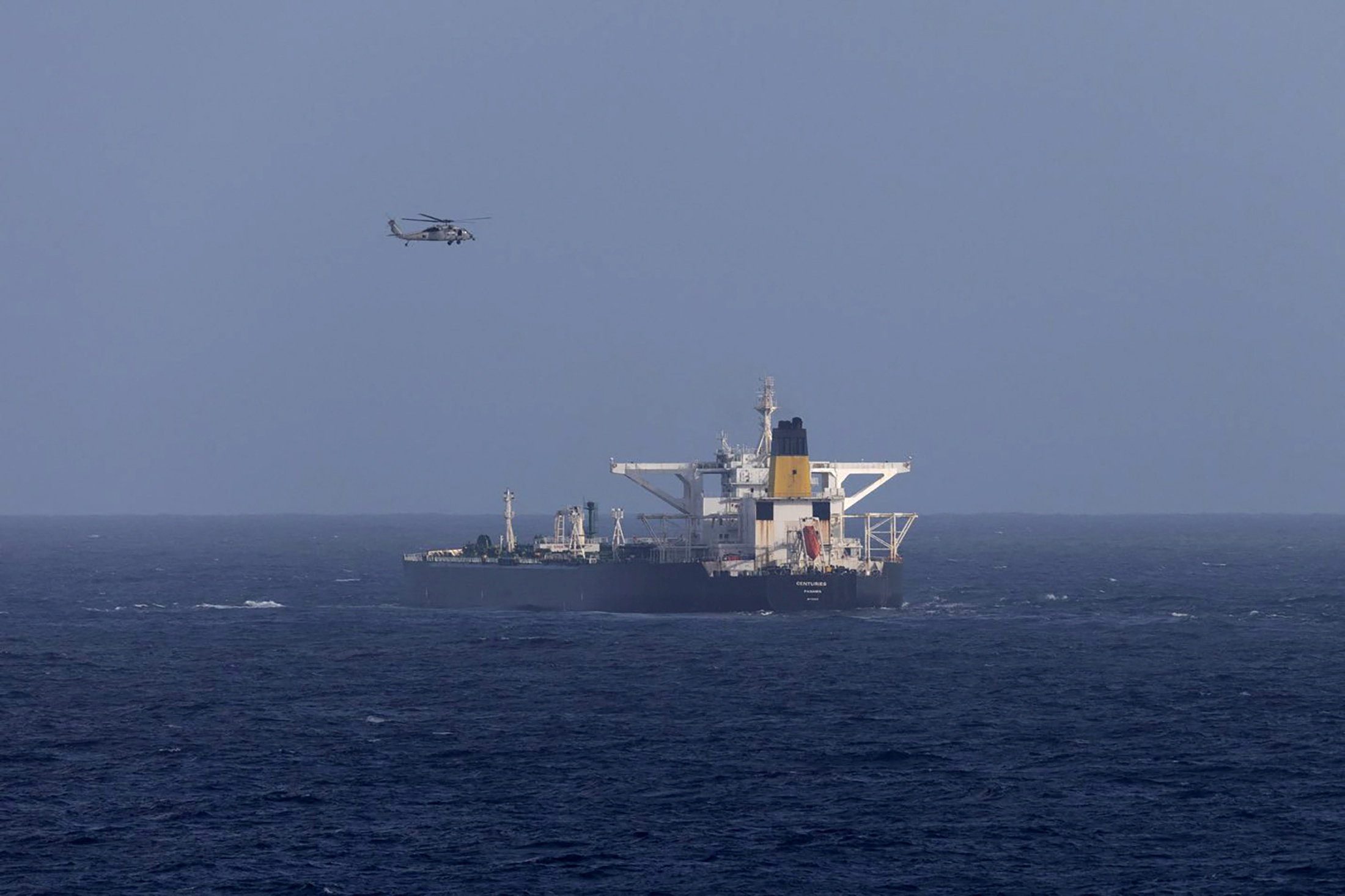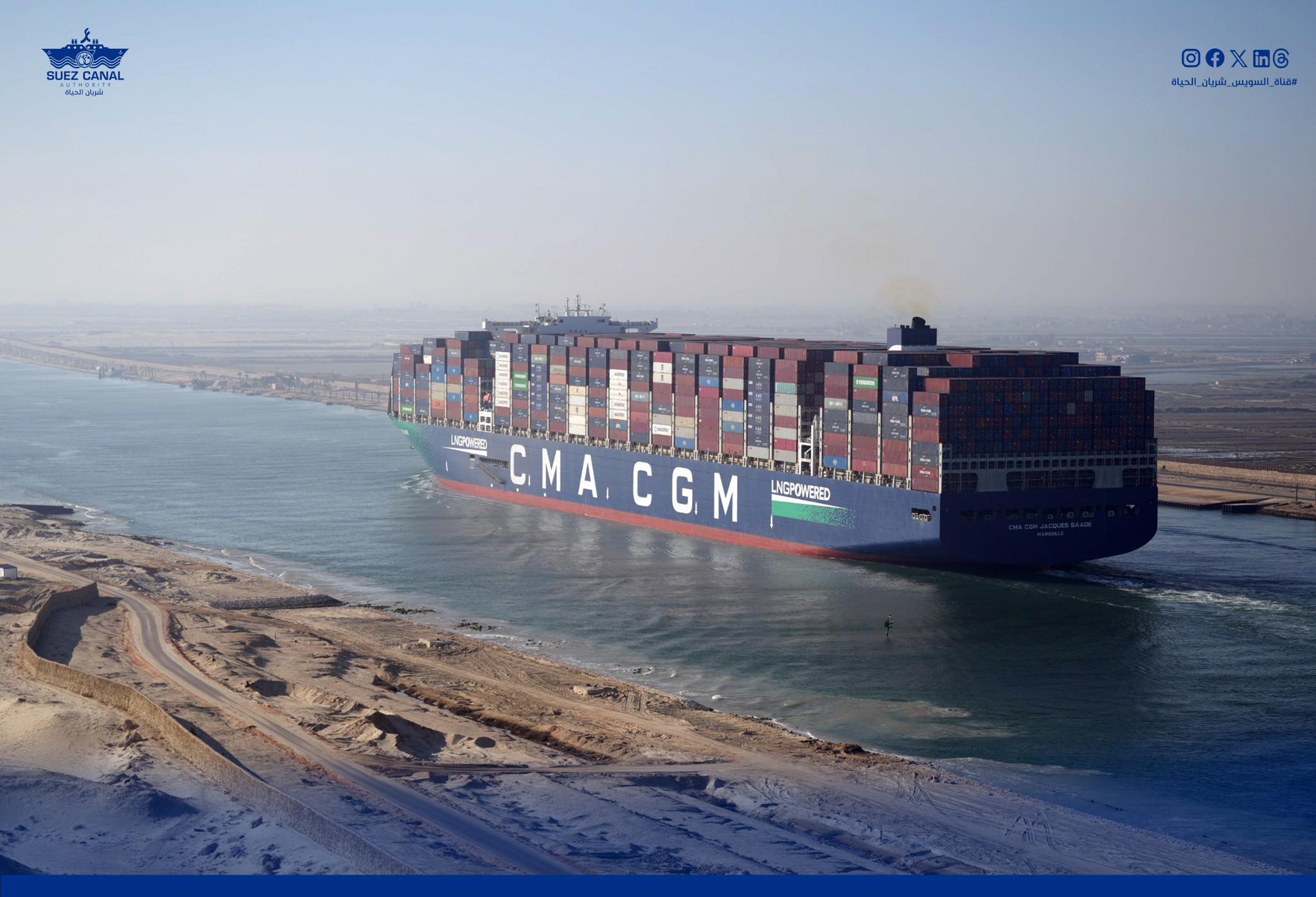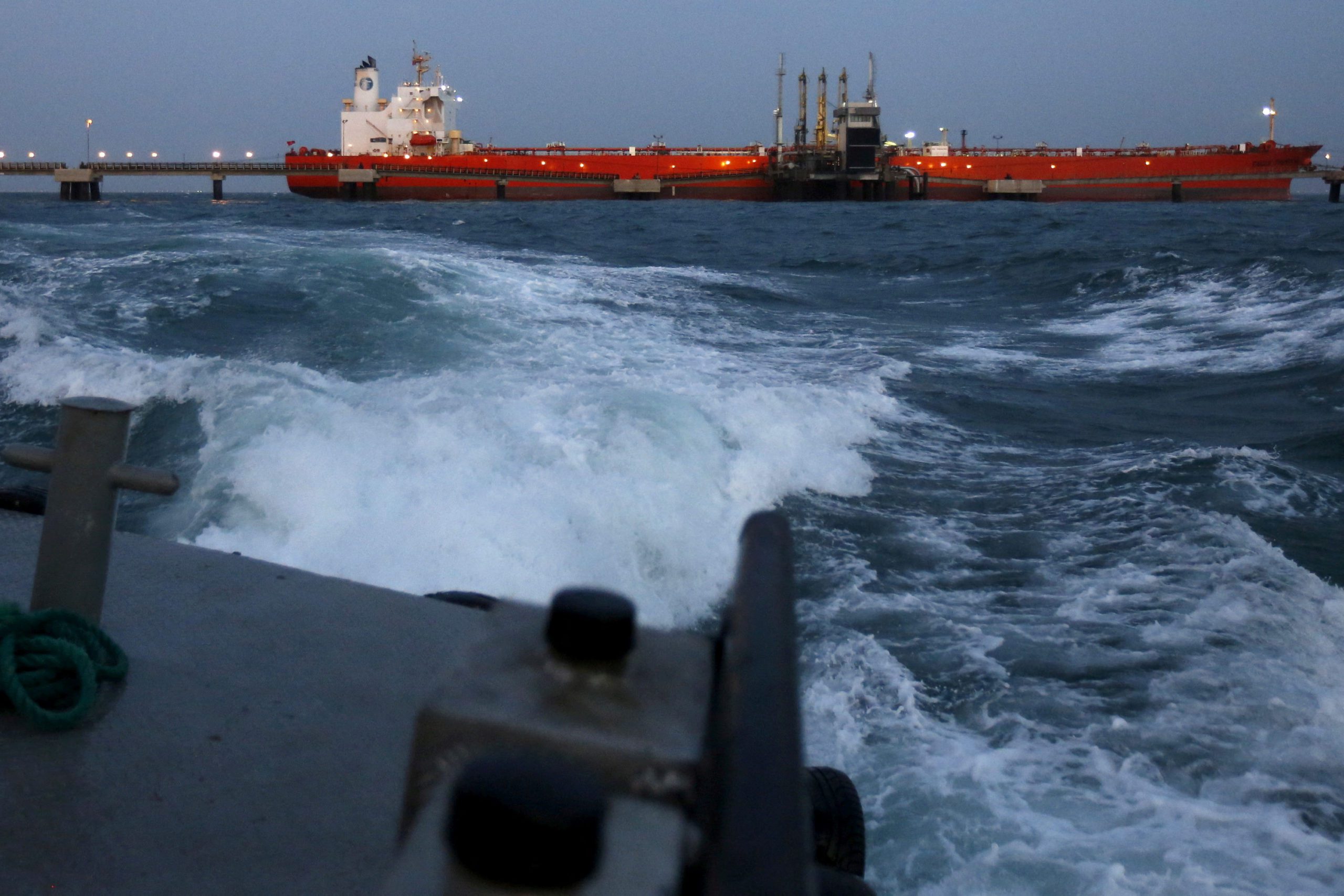VLCC specialist Tankers International is projecting effective vessel supply growth of only 1% in the next three years due to the declining usable capacity of a rapidly-ageing global VLCC fleet.
With insight from the company’s proprietary fixture data, Tankers International is highlighting how the transformed fleet profile, which currently includes more than 100 VLCCs aged 20 years or older, is creating a market scenario where the fleet size is growing in number but the effective supply remains stagnant or in decline, leading to upward pressure on freight rates.
The nominal fleet size is still expected to grow by 8%, or 70 new VLCCs, in the next three years as new deliveries pick up after record-low years in 2024 and 2025. However, the ageing fleet will continue to put a drag on effective capacity due to the impact of the declining operational efficiency of the ageing vessels and the predominance of these older ships permanently moving to sanctioned trading.
Over the past five years, there has been a fundamental change in the typical cut-off point at which VLCCs exit from active trading to be scrapped or sold on for FPSO. Whereas 18 to 20 years old was traditionally considered an optimal retirement age across the tanker segment, it is now the case that VLCCs aged up to 25 years are remaining in commercial operation.
Around 130 VLCCs aged more than 20 years remain in employment in 2025 compared to less than 20 just five years ago, while, over the next four years, the number of vessels exceeding 20 years will double, representing 21% of the trading fleet.
Even after 15 years, vessel efficiency declines, but post-18 years the deterioration in efficiency accelerates, with vessels finding their employment drop by about 10% each year as age restrictions imposed by charterers begin to impact their tradability. For ships trading outside sanctioned business, utilisation dwindles to almost zero by the age of 20.
A key disrupter to the traditional cycle, in which ageing ships were phased out of the fleet and the global VLCC supply market was consistently balanced and refreshed, is the rise of the dark fleet. With geopolitical events and tightening sanctions continuing to reshape the market and some oil-producing nations facing export restrictions, new trading opportunities are created for older ships.
Although less efficient and past the traditional retirement age, vessels of 20 years and over are now increasingly used for employment in less regulated markets, often transporting crude from sanctioned nations, where there is minimal scrutiny on vessel age, safety and emissions standards.
Currently, of the vessels in the fleet still in the commercial space and falling within the older age category, around two thirds are actively trading, with close to 90% of these operating within sanctioned business loading Russian, Iranian or Venezuelan oil. These vessels are unlikely to return to mainstream tanker markets due to their tainted past activity, poor maintenance and opaque ownership structure.
In addition to the increasing number of older VLCCs actively trading, there is a slowdown in new vessel deliveries, with a record-low single new build delivery in 2024 and just five expected this year. In 2026, the number is set to rise to approximately 30 deliveries, but this remains below the historical average of 40. There is a deficit of VLCCs on order to replace the current older fleet, if they were all retired today based on historical standards.
Owner uncertainty about which direction to take in terms of new vessel orders, future and alternative fuel technologies, and long-term fuel strategies is particularly reflected in the current small order book for VLCCs.
Mette Frederiksen, Head of Research and Insight, Tankers International, said: “To understand the true state of the market, we need to look beyond just the nominal number of ships and consider factors like age, trading patterns and operational efficiency. While the average lifespan of a VLCC has extended beyond 20 years, a clear decline in efficiency is evident – and the impact on the current landscape of the VLCC market is significant.
“Our insight reveals that, over the past five years, the true operational growth in terms of usable capacity of just 60 vessel equivalents is significantly lower than the actual growth of 100 units in the global fleet size. Looking ahead, with around 70 new VLCCs expected to be delivered in the next three years, there is a projected effective supply growth of only 1%, compared to an 8% nominal capacity increase – demonstrating how the ageing fleet will continue to act as a drag on effective supply.
“The result of the imbalance is that the VLCC market faces a prolonged period of supply tightness, with competition for available tonnage intensifying and the removal of sanctioned VLCCs from circulation likely to result in an upward trajectory for freight prices.”
The Ageing VLCC Fleet: Key Data
- Traditional age for vessels to exit trading fleet: 18-20 years
- Vessels aged 20+ in fleet currently: 130
- Total orderbook currently: 82
- Decline in utilisation capacity for vessels aged 18+: 10% per year
- New builds delivered: 1 (2024); 5 (2025); Projected 28 (2026)
- Employment of vessels aged 20+ in fleet: two thirds in active trading (90% in sanctioned routes)
- Increase in nominal fleet size: 100 units in past 5 years
- Increase in effective fleet capacity: 60 units in past 5 years
- Increase in nominal fleet capacity: Projected 8% in next 3 years (70 vessels)
- Increase in effective fleet capacity: Projected 1% in next 3 years.

 Join The Club
Join The Club











